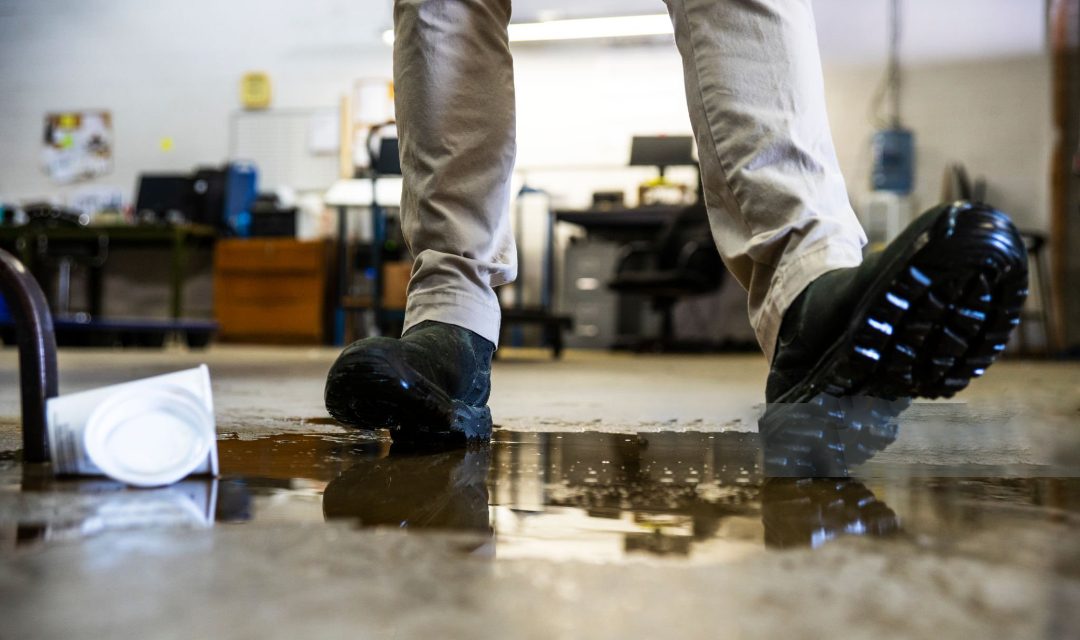The other day, I was at a friend’s house, sipping tea and pretending to be an adult while our kids turned the living room into a war zone. You know how it goes—half-eaten snacks on the floor, an unidentified sticky substance on the coffee table, and a general sense that at any moment, the entire house might collapse into chaos.
And then… it happened.
A perfectly innocent cup of water—just sitting there, minding its own business—became the victim of one very enthusiastic child’s elbow.
SPLASH.
Water everywhere.
On the table. On the floor. On my friend’s very nice rug. And, in the ultimate betrayal, right onto her laptop.
There was a moment of silence. A dangerous silence. The kind of silence where you know someone’s debating whether to lose their mind or ascend to a higher plane of parental patience.
My friend inhaled sharply. I braced myself.
Her child, standing there, wide-eyed and guilty, waited for the inevitable storm.
And then, in a voice so controlled it sounded almost unnatural, she said:
“WELL. That’s just fantastic. Now we live in a swamp.”
Her child blinked. I nearly choked on my tea.
But then, something wild happened. Instead of bursting into tears, the kid laughed.
“I made a swamp!” they said, suddenly delighted by their own destruction.
And instead of a meltdown, my friend handed them a towel and said, “Fix your swamp, buddy.”
And just like that, a disaster turned into a lesson—without yelling, without blame, and (somehow) without permanent damage to the laptop.
Why This Worked (And Why Most Parents Would Have Lost Their Minds)
If you’ve ever witnessed a child spill something (so, literally every parent on Earth), you know the typical reaction:
- Step 1: GASP loudly, as if a national emergency has occurred.
- Step 2: Yell the child’s full name.
- Step 3: Say something incredibly unhelpful, like “WHY WOULD YOU DO THAT?!” (as if the child deliberately orchestrated a water-based attack).
- Step 4: Frantically clean while muttering about how “nobody listens in this house.”
But my friend? He hacked the system.
What She Did Differently (And Why It Worked)
- She Diffused the Tension with Humour
- Instead of panicking, she made a joke.
- It immediately shifted the energy from doom to problem-solving.
- She Avoided Blame
- No “Why did you do that?!” (which, let’s be honest, never has a good answer).
- Just a simple, “Okay, let’s clean it up.”
- She Gave the Child Control Over the Situation
- Instead of scolding, she handed them a towel.
- The kid felt responsible without feeling ashamed.
The Parenting Lesson: Words Matter More Than We Realize
That little water spill was a masterclass in how the way we react shapes how kids learn.
If my friend had snapped and yelled, the lesson would have been:
❌ “Mistakes are terrifying, and I should panic when I mess up.”
But because she kept her cool, the lesson became:
✅ “Mistakes happen. I can fix them.”
And honestly, that’s a way better mindset to send a child into the world with.
Want to Try This at Home?
If you’re tired of constant battles over spills, tantrums, and the general anarchy of parenting, here are a few swaps you can make:
❌ Instead of: “Why can’t you be more careful?!”
✅ Try: “Oops! That was an accident. What do we do when we spill?”
❌ Instead of: “I just told you to sit still!”
✅ Try: “Wiggles happen. Let’s find a way to move that works.”
❌ Instead of: “You’re driving me crazy!”
✅ Try: “Wow, you have a LOT of energy. What should we do with it?”
The Challenge: Change Just One Reaction This Week
I’m not saying you need to turn every disaster into a comedy show (because, let’s be real, some days are just hard).
But what if—just once—you tried flipping frustration into something productive?
And if you want to get even better at this, I’d love for you to join my 5-Week Positive Parenting Challenge, where we’ll tackle:
✅ How to get kids to actually listen—without yelling or repeating yourself 500 times.
✅ How to set boundaries without turning into the “mean parent.”
✅ How to replace frustration with confidence—even on chaotic days.
✅ How to teach responsibility without constant nagging.
✅ How to build a calmer, happier home—without losing yourself in the process.
If you’ve ever thought, “There has to be an easier way to do this,”—you’re right.
Let’s find it together.




